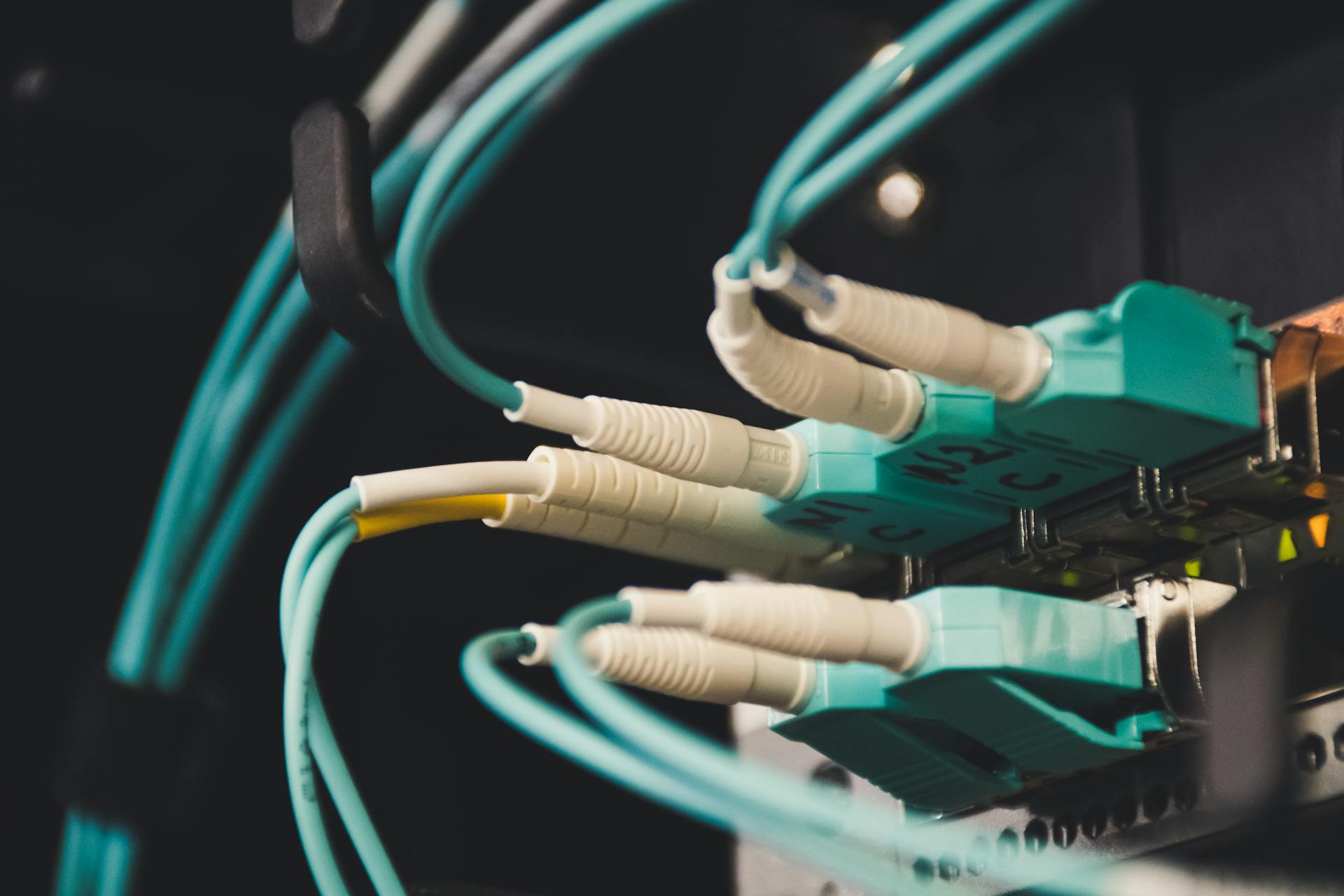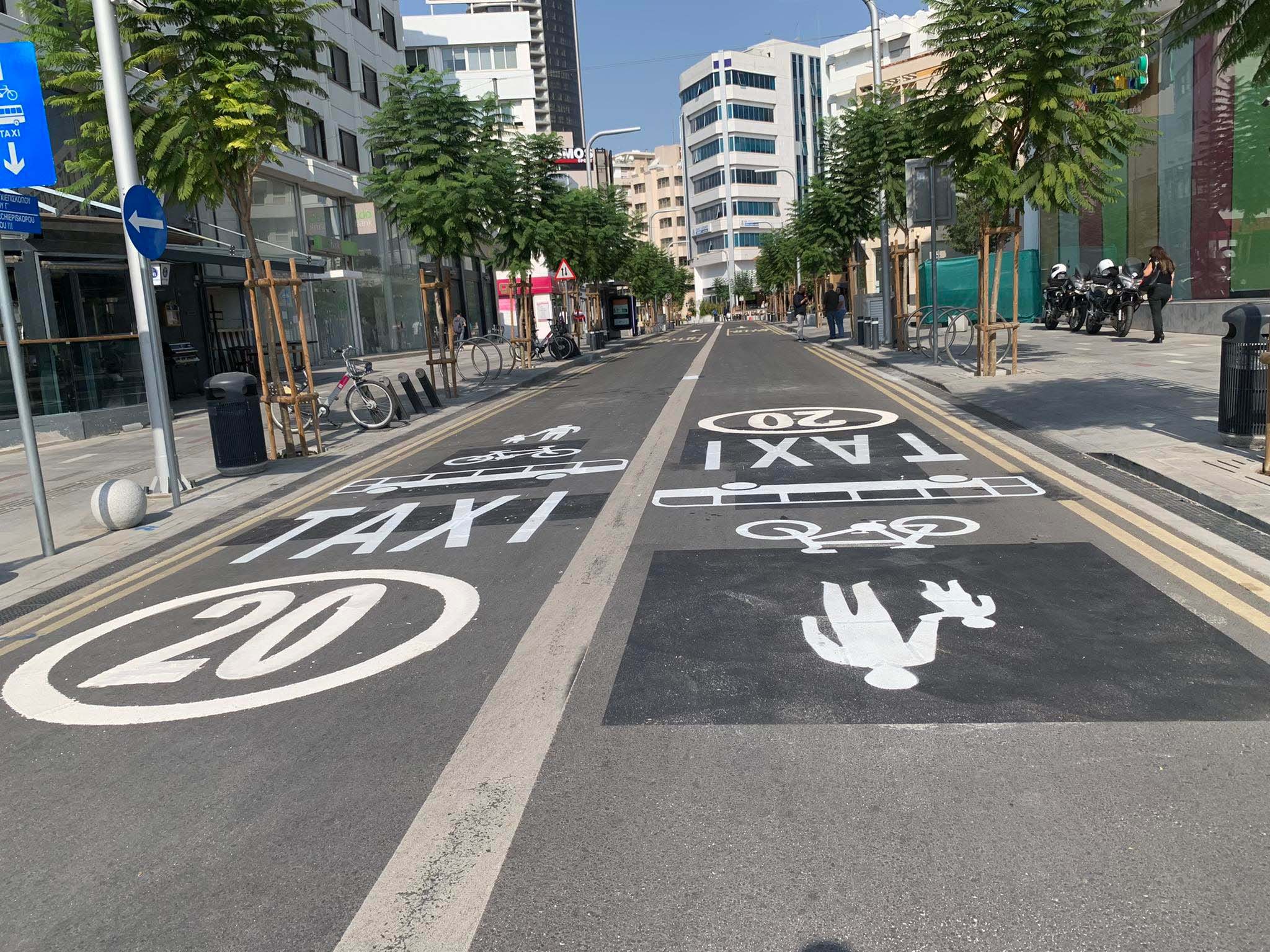Spending on telecom and pay TV services in the Middle East and Africa (MEA) region reached $149 billion in 2024, marking a 7.7 per cent year-on-year increase compared with worldwide growth of 2.2 per cent, according to IDC’s Worldwide Semiannual Telecom Services Tracker.
IDC expects the growth momentum to continue, forecasting a 7.3 per cent year-on-year increase in 2025 that would bring total spending to $159.9 billion.
However, the possible impact of ongoing geopolitical developments in the region had not been fully assessed when the data was published.
The MEA telecom market recorded the fastest post-COVID growth in 2024, representing a significant jump from the previous year.
This growth was driven by ongoing investments by telecom operators to meet the potential demand for data services in underpenetrated markets, particularly in Africa, through the expansion of cellular and fibre networks.
It was also supported by sustained demand for telecom services despite operators increasing tariffs to counter the impact of inflation, which was particularly pronounced in countries such as Türkiye, Egypt, Nigeria, Sudan and Zimbabwe.
In the voice segment, spending on fixed voice services declined in favour of mobile voice and data services as over-the-top calling and messaging apps became more popular.
This trend was more evident in Africa, where mobile phones often serve as the primary or sole device for accessing entertainment, banking, commerce and information via the internet.
IDC’s latest forecast for the MEA telecom services market is less optimistic than its November 2024 forecast, projecting a 1.2 percentage point slower growth rate for 2025.
This adjustment is partly attributed to weakening inflation in some countries and revised outlooks from several telecom operators being tracked.
“Telecom operators’ priorities are gradually shifting as they are transforming to reinvent themselves as ‘techcos’ with a focus on launching innovative services and solutions, improving process efficiencies, enhancing customer experiences and overcoming stifling competition,” said Krishna Chinta, IDC’s senior programme manager for data and analytics in the Middle East and Africa.
Operators are revamping their IT architectures, virtualising their networks, modernising applications, adopting cloud-native delivery platforms, investing in edge compute infrastructure and embedding AI to improve operational and network efficiency as well as customer experiences.
Most countries in the Gulf region and some in the wider MEA region have already implemented 5G infrastructure, while the rest of the region is expected to begin rolling out 5G over the next five years alongside ongoing investments in fibre-optic networks and low Earth orbit satellite services.
A key factor that could influence the market’s performance is the region’s sensitive geopolitical environment and its potential impact on trade and oil prices.
The trade tariffs announced by the new US administration also represent a risk to monitor.
“Tariffs on telecommunications equipment might lead to increased costs for telecom operators, potentially delaying 5G rollouts and AI projects, while in the longer term, potential downsides may include further economic deterioration and reduced purchasing power due to a new wave of inflation,” said Mark Walker, IDC’s vice president of worldwide telecoms data and analytics.
Although the direct impact on the telecom services market is expected to be minimal, there could be indirect effects arising from changes in the wider business environment and employment conditions in the region.







Click here to change your cookie preferences